
U.S. Copper Tariff Targets Imports and Copper Scrap Exports
The Trump administration has launched a major policy to boost the domestic copper industry. It includes Section 232 tariffs and possible export restrictions on copper scrap. Starting August 1, these tariffs apply to semifinished copper products and copper-based derivatives. These include items like pipes, rods, and electrical components.
Importantly, the tariffs do not cover copper cathode or anode. This avoids overlap with existing duties in the automotive or reciprocal trade sectors.
The key development is a potential limit on exporting “high-quality copper scrap.” The White House has authorized the Department of Commerce to act. At least 25% of such scrap must stay in the U.S. for local refiners and fabricators. While no restrictions are active yet, a licensing system has been proposed to track outgoing shipments.
Market Reacts to Tariff Exclusions and Supply Reallocation
Copper markets reacted immediately to the announcement. With no tariff on copper cathode or anode, Comex copper prices fell over 18% as traders reversed bets on a continued U.S. premium. The arbitrage window between the U.S.-based Comex and global benchmarks like the LME and SHFE has narrowed significantly. Analysts anticipate that LME may briefly trade at a premium due to excess U.S. inventory, though Comex could regain the edge as inventories fall and downstream tariffs take hold.
Meanwhile, the White House’s focus on securing domestic supply aligns with broader strategic materials policy. The Department of Commerce recommends licensing high-quality copper scrap exports to stabilize domestic feedstock availability. Historically, nearly half of U.S.-generated red metal scrap—over 600,000 metric tons in 2024—was exported, mostly to Asia. However, with a potential mandate that 25% of premium grades remain stateside, traders may face tighter outbound quotas.
Industry Groups Urge Caution on Scrap Restrictions
Despite the forward-leaning language, no export bans have been formalized. The Recycled Materials Association (ReMA) praised the administration for pausing short of full restrictions. ReMA President Robin Wiener noted that U.S. recyclers supplied over 826,000 metric tons of domestic copper scrap last year, enough to meet defense needs without additional barriers. She emphasized the sector’s resilience and readiness to support national security objectives.
The Commerce Department will determine what qualifies as “high-quality” scrap—a designation that could significantly impact trade volumes. With U.S. melt shops and wire rod mills already consuming a large share of domestically generated copper scrap, the implications of any new licensing requirement could vary by product grade and geographic market.
SuperMetalPrice Commentary:
Trump’s copper tariff marks a pivotal shift in U.S. industrial policy, linking trade enforcement to defense readiness. While the market absorbs the price shock and recalibrates to the new tariff structure, the looming threat of copper scrap export restrictions introduces new uncertainty. If the Department of Commerce follows through with licensing or volume caps, it could reshape global scrap trade flows—particularly affecting Asia-bound shipments. Traders, recyclers, and fabricators should monitor the evolving policy closely and adjust procurement and logistics strategies accordingly.



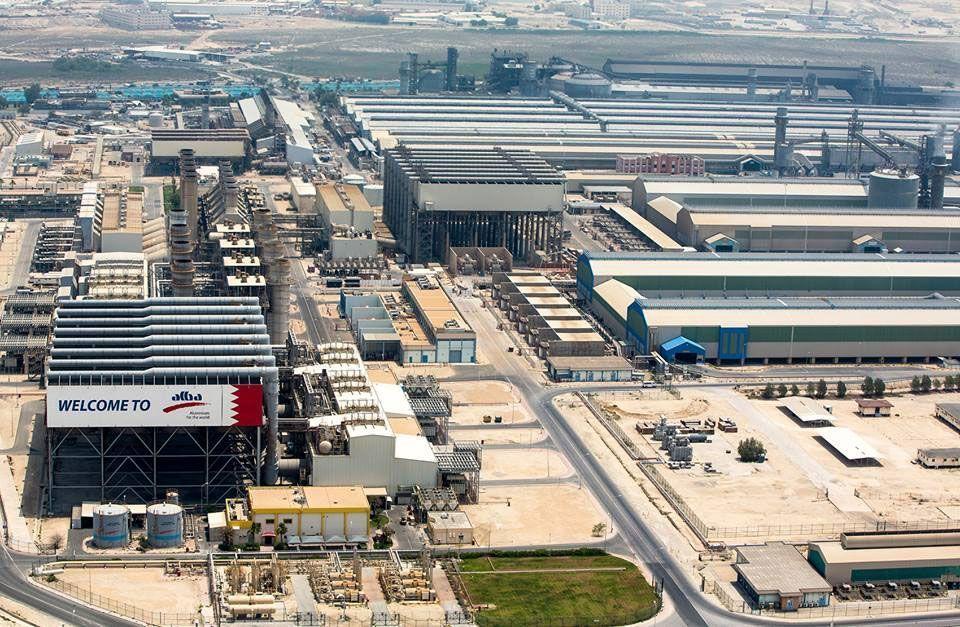



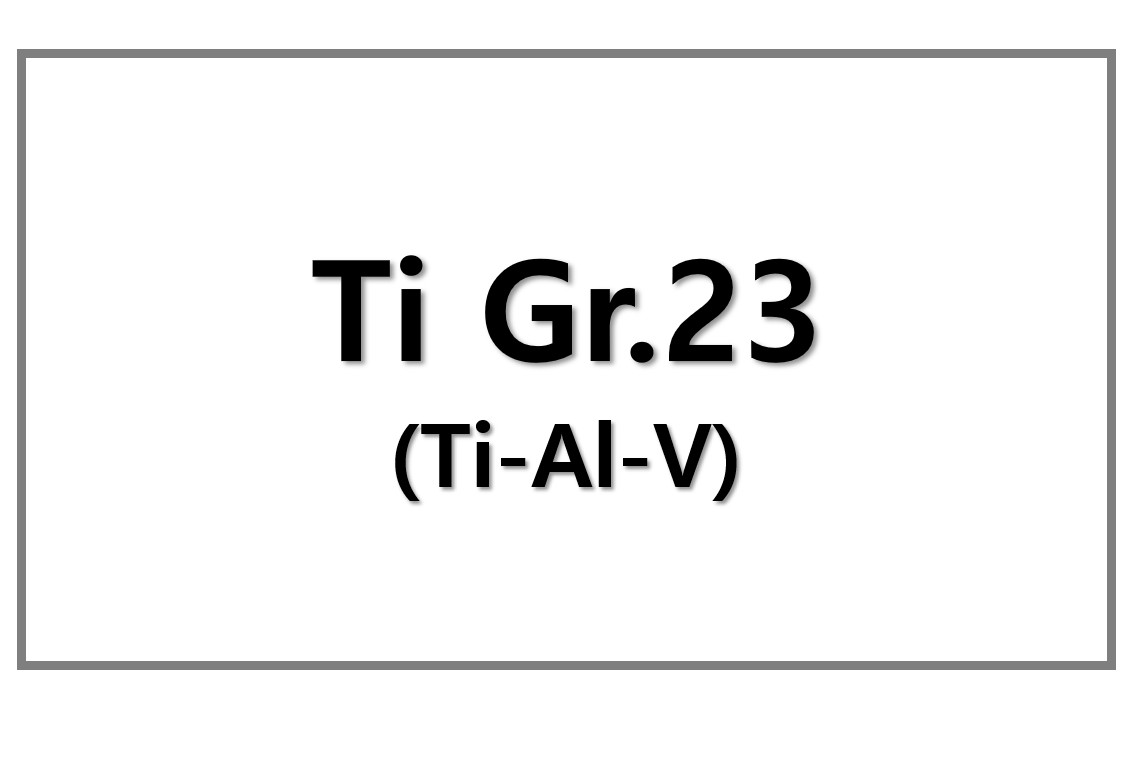
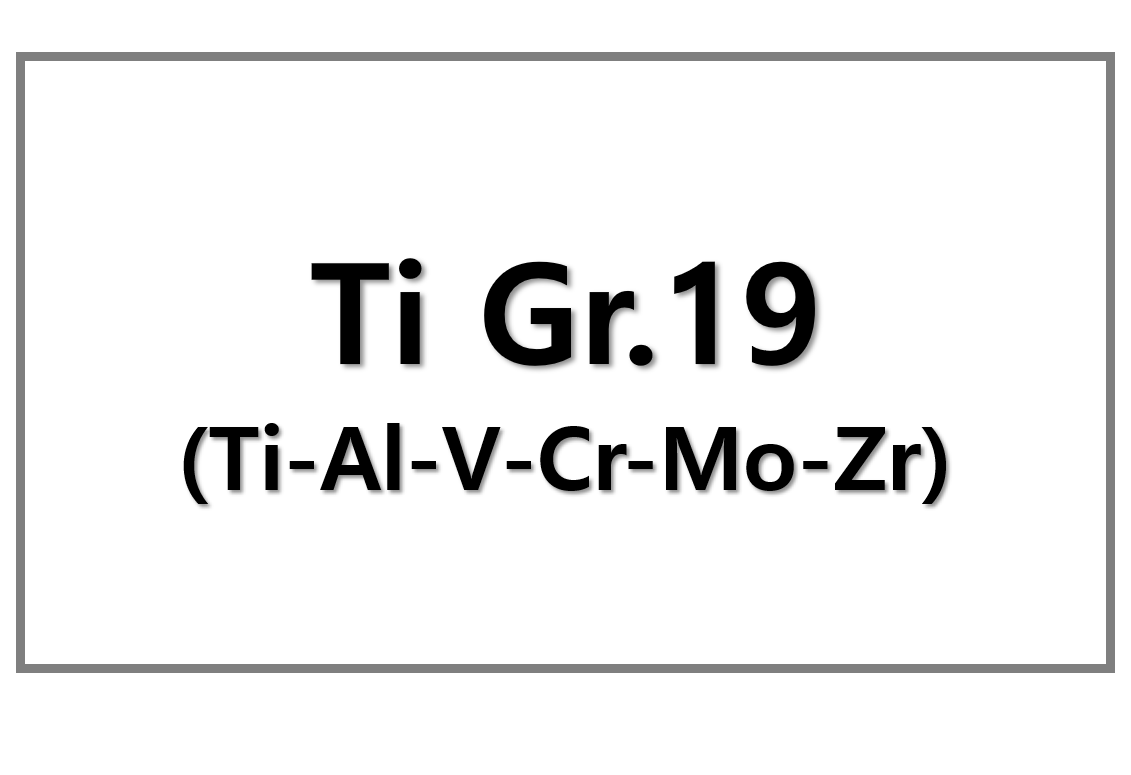
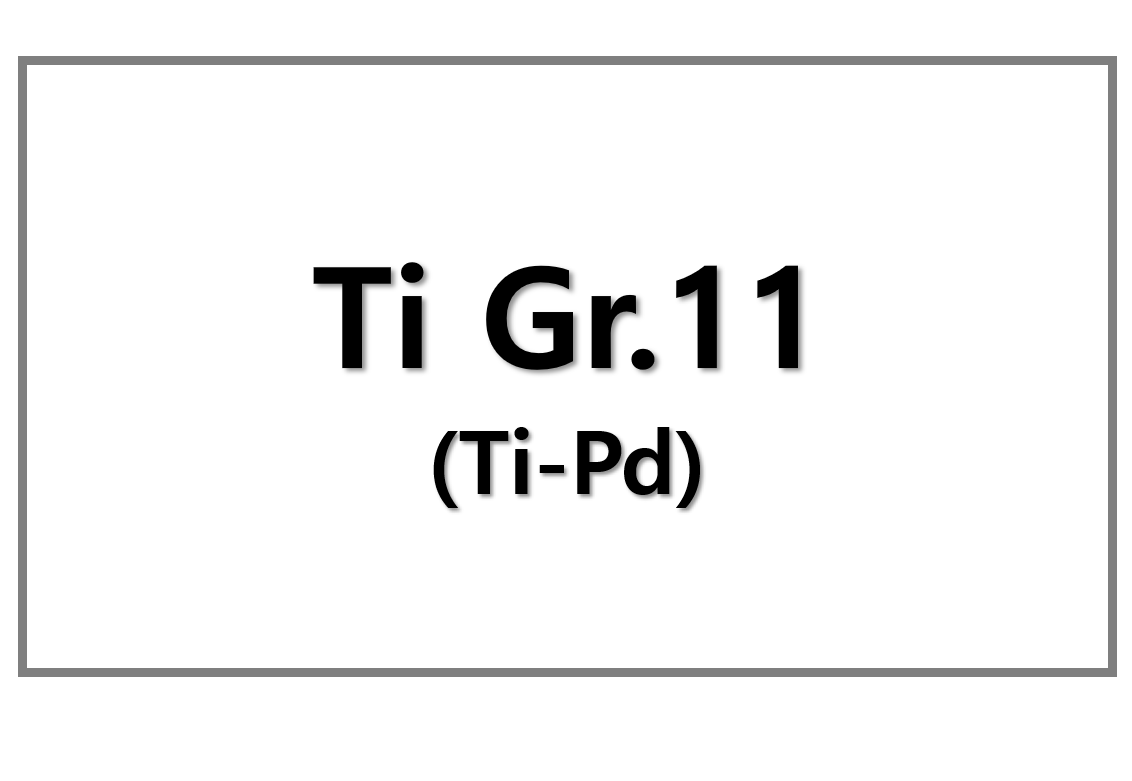
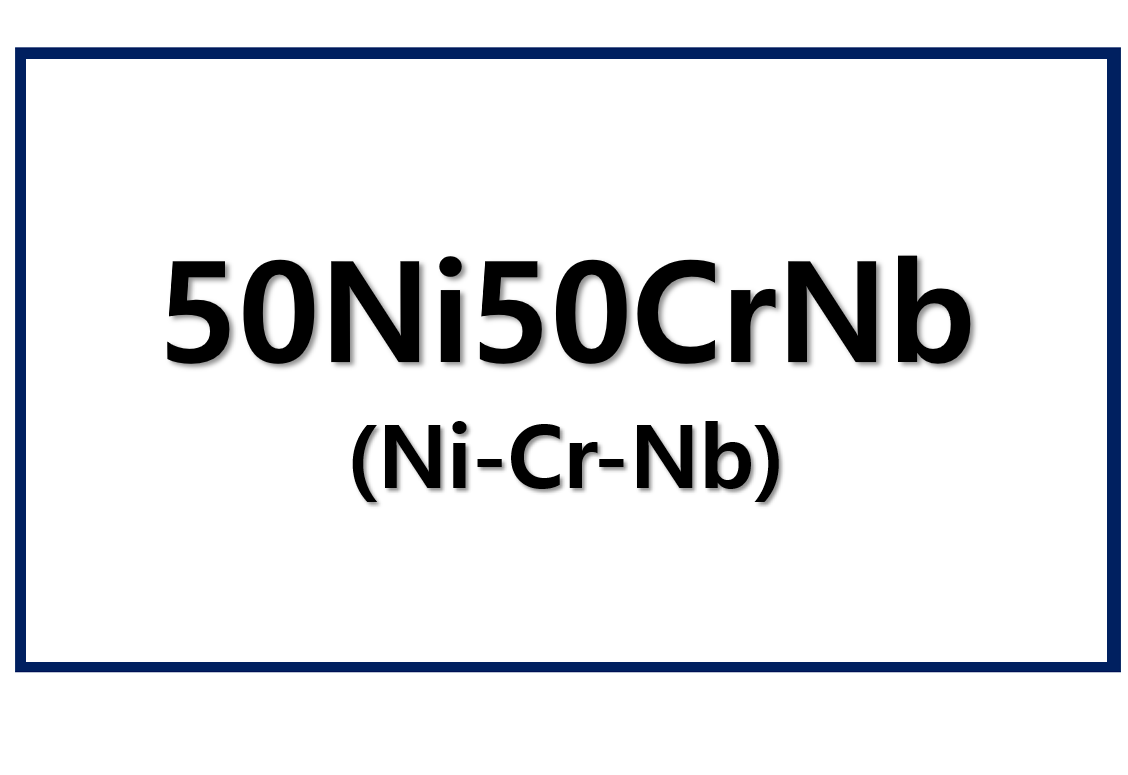
Leave a Reply
You must be logged in to post a comment.